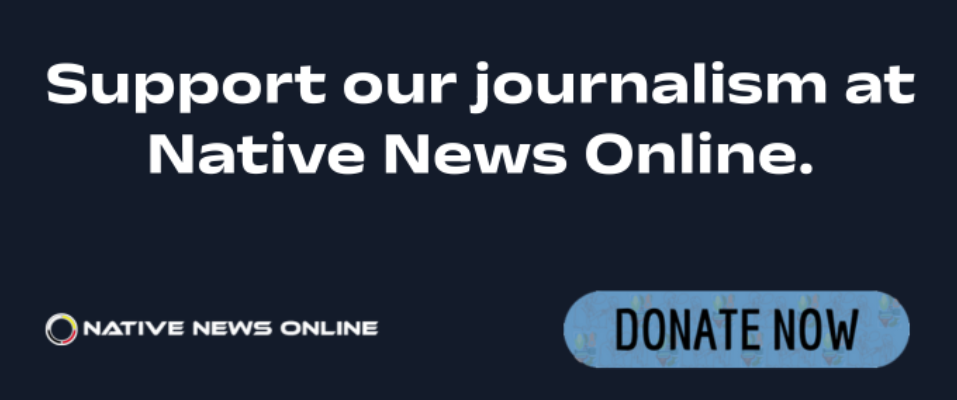
- Details
- By Levi Rickert
If the federal government shutdown extends into November, the Supplemental Nutrition Assistance Program (SNAP)—which oversees the food stamp program—will exhaust its funding, according to the U.S. Department of Agriculture (USDA).
This would affect approximately 42 million low-income individuals nationwide. Within Native communities, as many as 500,000 tribal citizens could lose access to food assistance.
“We’re going to run out of money in two weeks,” Brooke L. Rollins, the agriculture secretary, told reporters at the White House on Thursday. “So you’re talking about millions and millions of vulnerable families, of hungry families that are not going to have access to these programs because of this shutdown.”
The impact on Indian Country would be especially severe. Nearly one in four Native American households relies on SNAP benefits, with participation holding steady at 24%—almost double the national average.
The Food Distribution Program on Indian Reservations (FDPIR) is an alternative way for Native Americans to obtain food assistance when using SNAP is not readily available..
However, Federal employees overseeing the national FDPIR office have already been furloughed, halting key administrative operations. As a result, food orders to national warehouses are delayed, disrupting scheduled deliveries and impacting the program's ability to serve tribal communities.
More Stories Like This
Seven Deaths in Indian Country Jails as Inmate Population Rises and Staffing DropsSen. Luján Convenes Experts to Develop Roadmap for Native Maternal Health Solutions
Senate Passes Bill Aimed at Missing and Murdered Indigenous Peoples Crisis
Johns Hopkins Collecting Tribal Success Stories from $1.5B Opioid Settlement
Arizona MMIP Task Force Holds Listening Session for Survivors and Families


